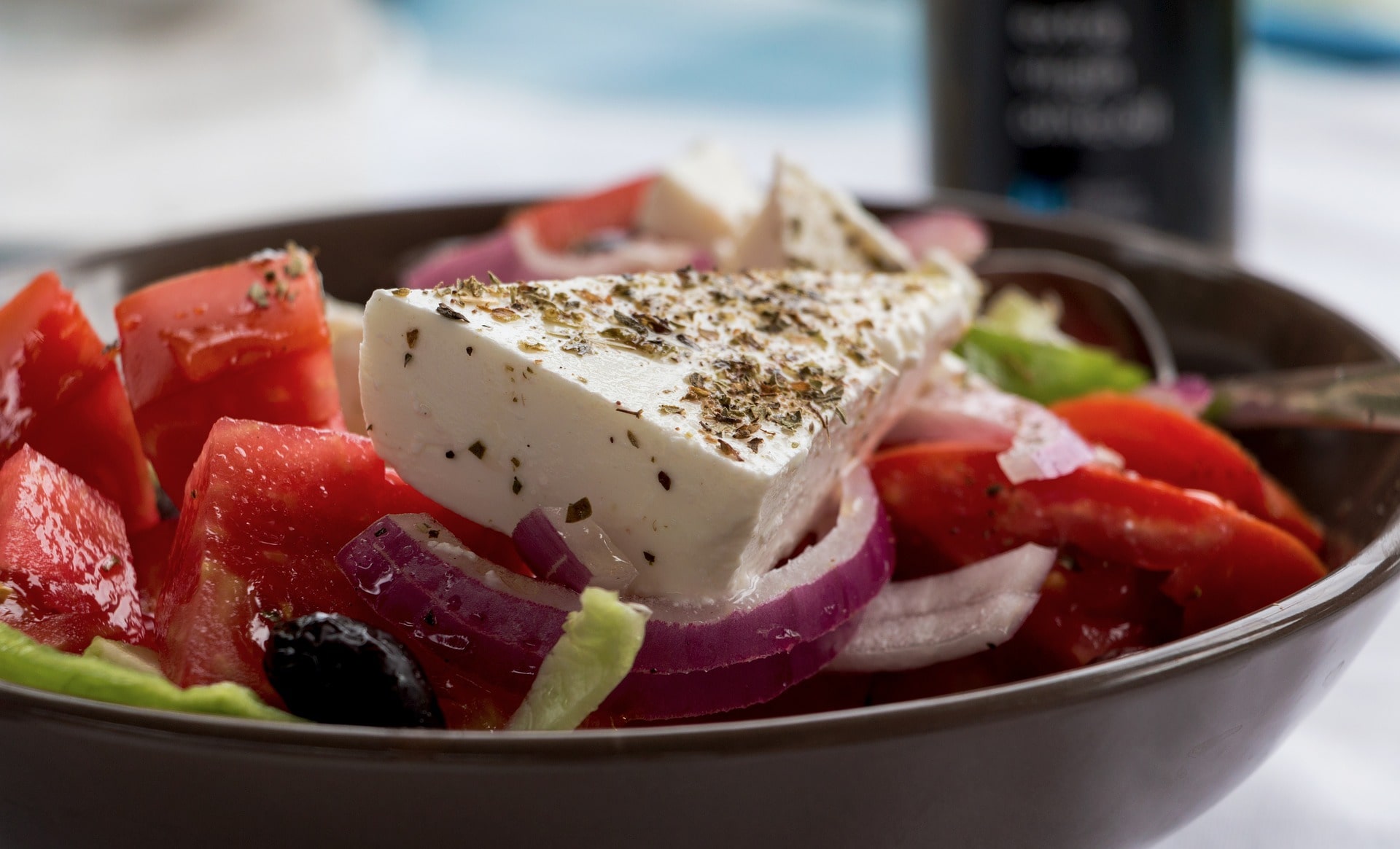The Greek Salad (Horiatiki Salad)
A simple recipe that mixes with grandiose flavours creates a Mediterranean dish, sometimes as a starter to the main meal, others having the leading role and the privilege of a full meal.
Greek salad is the descendant of the farmer’s snack. A few tomatoes, olives and cucumber inside the swag were enough for a lunch break. The same ingredients were used later in the Greek salad. Juicy tomatoes, crunchy cucumbers, onions are bathed in oil and flavoured with oregano and salt. The use of feta is considered optional while olives and green pepper come to create a complete a colour palette. Depending on preferences samphire or capers, vinegar or parsley are added
Although the Greek name reveals origins from the village (horiatiki means ‘from the village ’the real birthplace is the capital. It is said that it was firstly made in the taverns that had opened in the 1960s in Plaka in the historic centre of Athens. The aim of the owners was to avoid the market provisions which included the tomato and cucumber salads in their pricing. The owners then thought of adding feta cheese and be exempted from extra charges. This was the birth of the Greek salad that could be sold at any price they wished.
Fresh bread is the key to the exciting journey of the most popular “dive” into the ultimate Mediterranean dish, while wine or cold beer are essential for the most tasteful summer delight.
